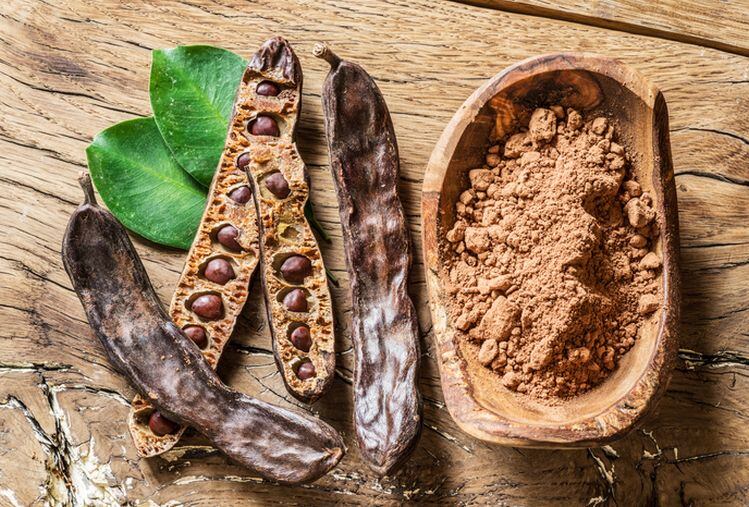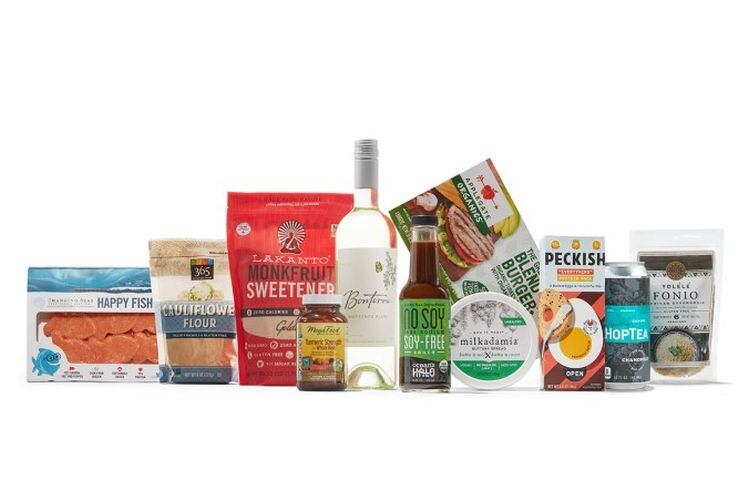Her observations are based on data from food intelligence and innovation platform Spoonshot, which scours social media posts, blogs, recipe sites, retail PoS data and restaurant menus to see what trends are bubbling under the surface and what’s driving consumer conversations and food choices.
Trend 1: Copaiba… ‘CBD adjacent’
The essential oil copaiba (derived from the resin of the copaifera tree), is claimed by some advocates to provide similar therapeutic benefits to CBD (although there is a lack of clinical data surrounding both ingredients) around pain and inflammation.
While it’s been around for a while with “grassroots” support in the natural products industry, the buzz around CBD could give it a new lease of life, predicts Moskow, especially given the ongoing uncertainty over the regulatory status of CBD (which the FDA says is not a legal dietary ingredient, although some states have authorized the sale of hemp-derived CBD).
Trend 2: Carob… making a comeback as collagen craze gains momentum?
While it’s best known as a chocolate replacement from the 70s and 80s that doesn’t taste quite as good as the real thing, carob could be given a new lease of life as a functional food in the coming years, claims Moskow.
Carob or locust bean pods contain fruit pulp and seeds (the latter are used to make locust bean gum, a popular thickener and stabilizer). Carob powder – from the pulp - is high in polyphenols and fiber, and also contains calcium (unusual in plants). It also contains hydroxyproline, which is required to synthesize collagen, and is likely to make its way into bars, ready-to-drink beverages, baked goods and powders, predicts Moskow.
Trend 3: ‘Climatarian’ diets…
While there are sustainability benefits to the vegan diet, ‘climatarians’ also avoid other foods with a high carbon footprint, try to buy more local and seasonal food, and proactively consider foods produced with a lower environmental impact, from insect protein to algae, says Moskow.
Trend 4: New directions for chickpeas
While hummus is not new, and chickpeas and other legumes are appearing in a growing number of snacks, the next wave of garbanzo-fueled innovation could be via chickpea-flour-based flatbreads and pizza crusts popular in Italy and France, coupled with dairy-free ice cream, meringues and macaroons utilizing aquafaba, the cloudy juice left over after soaking chickpeas, she predicts.
Trend 5: Everything in moderation, from blended burgers and 50:50 plant/dairy milks to low alcohol options
To purists it’s the worst of both worlds, but the ‘blended’ or 'hybrid' trend combining animal and plant milks and meats may have more appeal to mainstream meat eaters than 100% plant-based products, predicts Moskow, who also sees growth potential for light and refreshing low abv beverages as shoppers take the middle road.
Trend 6: Sugar reduction… and a boost for allulose
Expect manufacturers to continue to explore sugar reduction technologies such as those deployed by Doux Matok, says Moskow. She also predicts increased interest in allulose, a rare sugar that’s found naturally in figs and raisins but is produced commercially via the enzymatic conversion of fructose from corn.
While this might not sound as ‘natural’ as honey or date syrup, allulose tastes great, contains virtually no calories, has no impact on blood sugar, and no longer has to be counted as sugar on the Nutrition Facts panel.
Trend 7: Extra virgin olive oil resurgence?
Fat is no longer public enemy #1, but consumers remain confused about which fats are healthy, and see mixed messaging about ‘trendy’ fats such as ghee, lard and coconut oil, which my prompt some to return to olive oil - which is indisputably one of the 'healthy' fats - as the “favored fat,” predicts Moskow.
Trend 8: New twists and on sweet and savory
Expect to see more umami and sweet flavor combinations in 2020 and beyond, says Moskow, from seaweed and sweet caramel to fish sauce and burned sugar.


